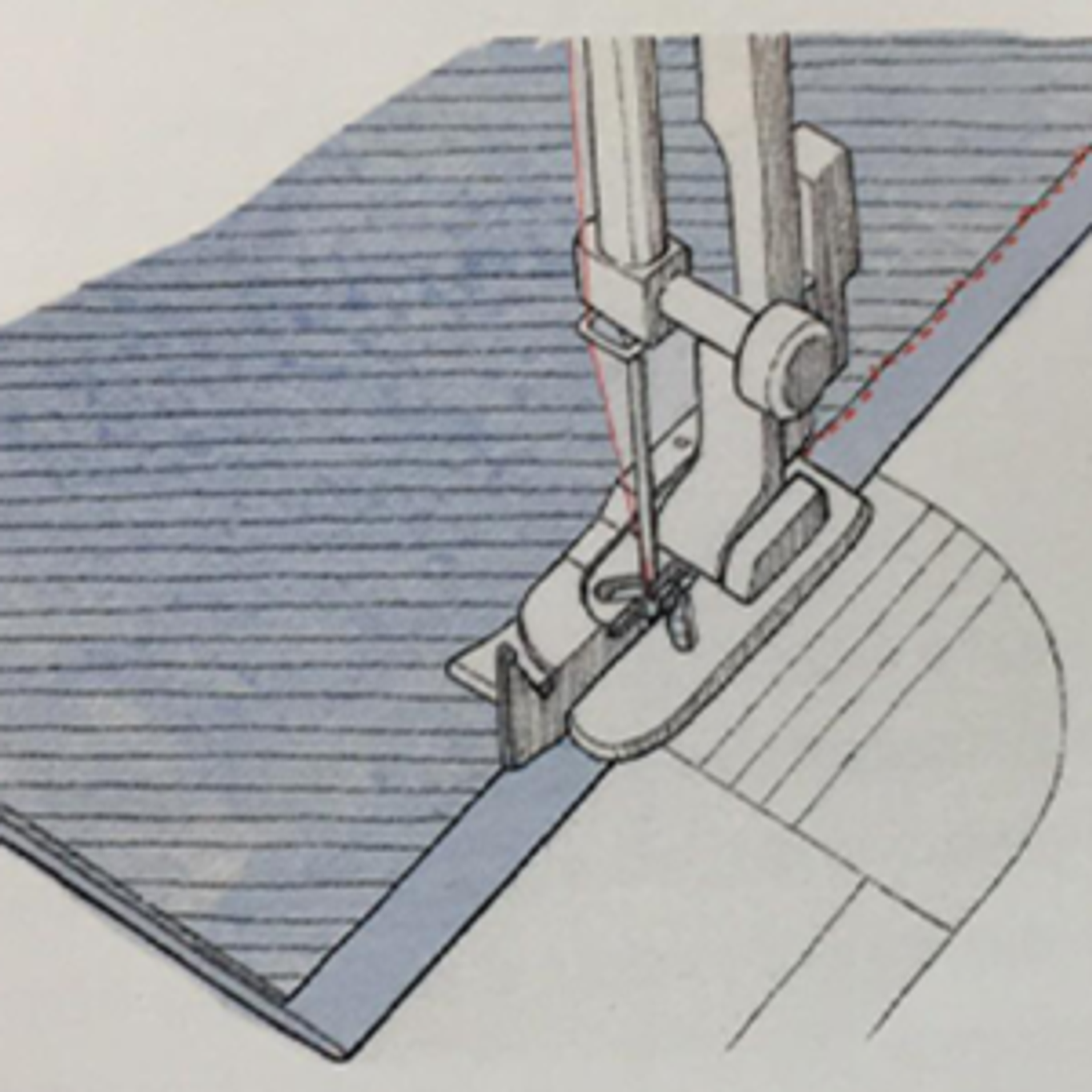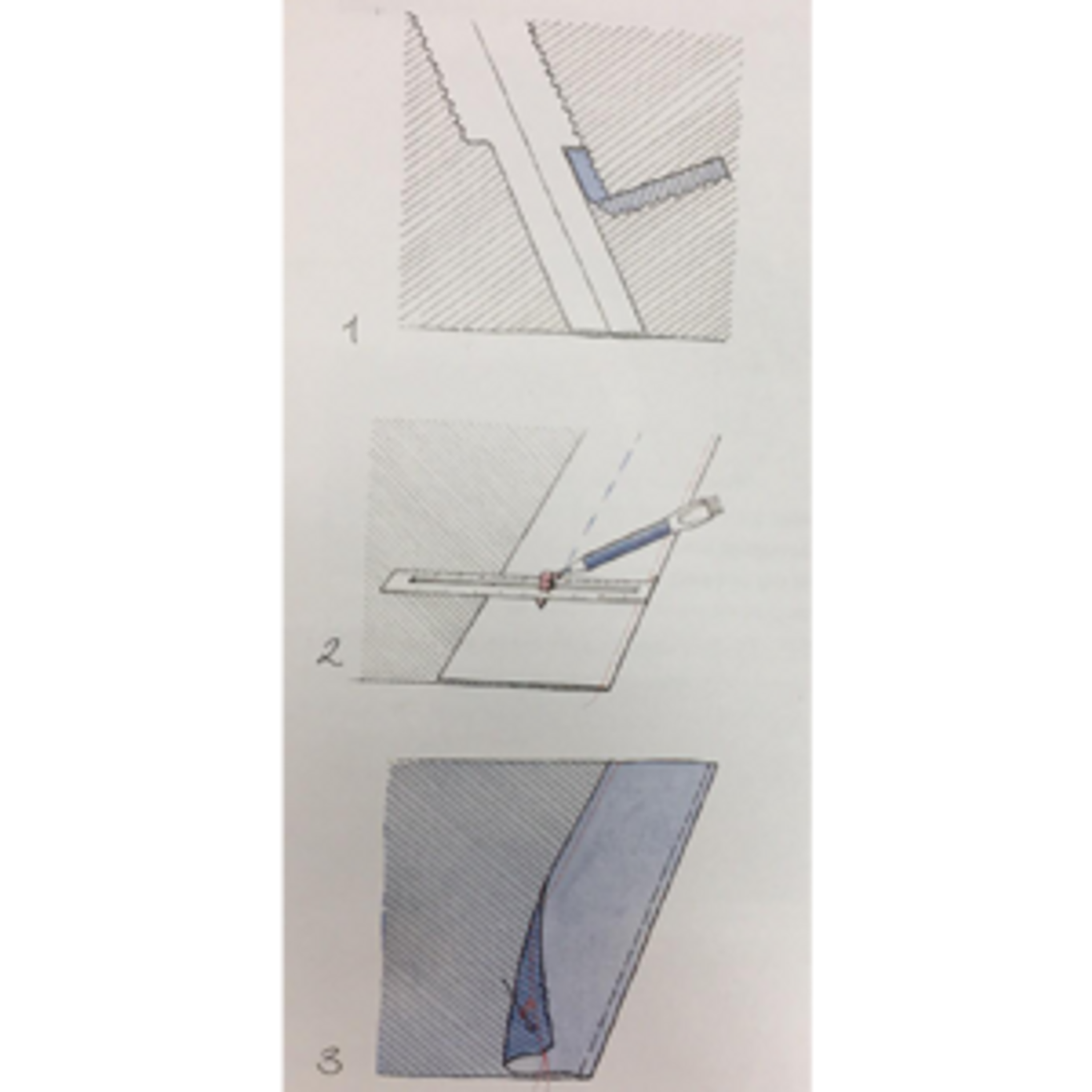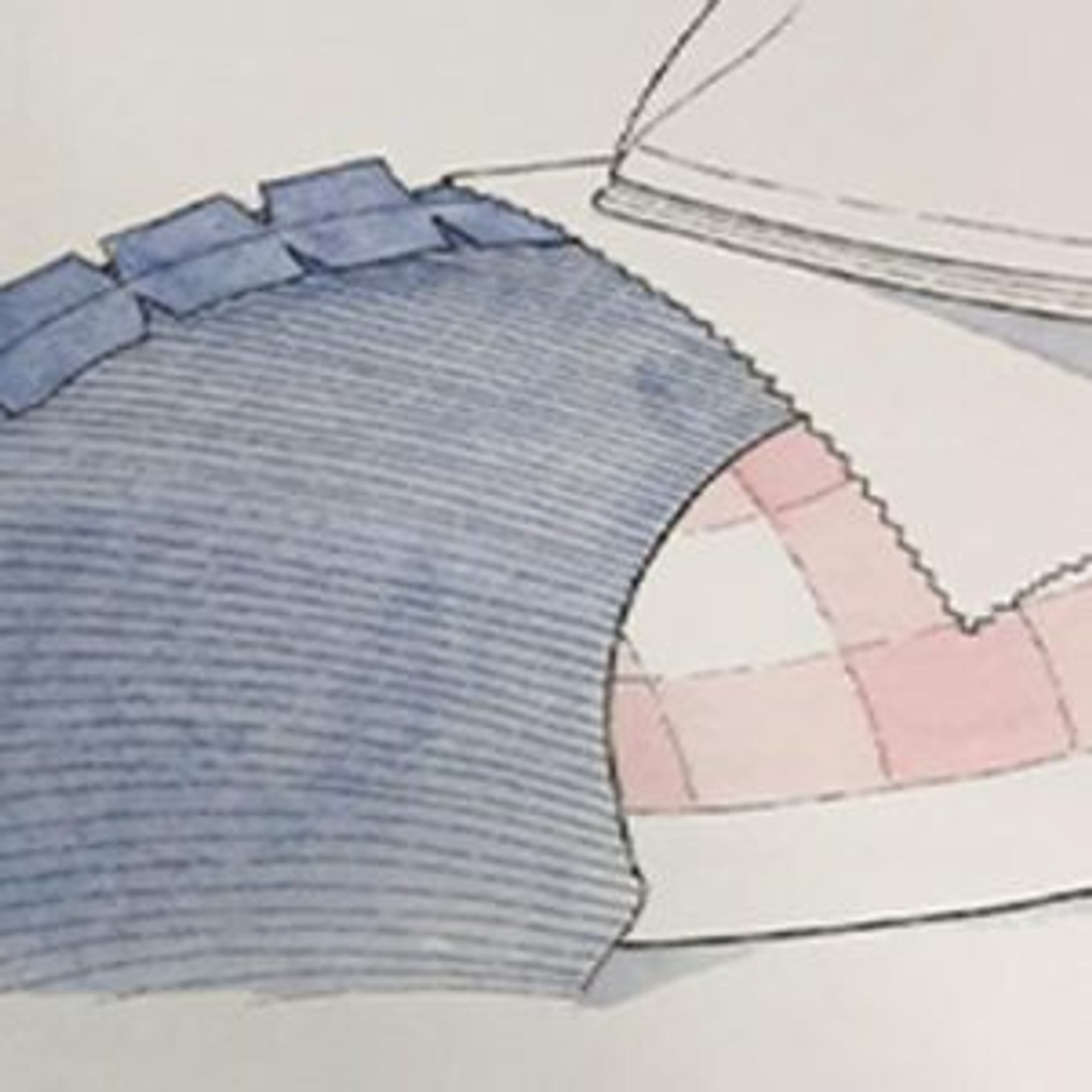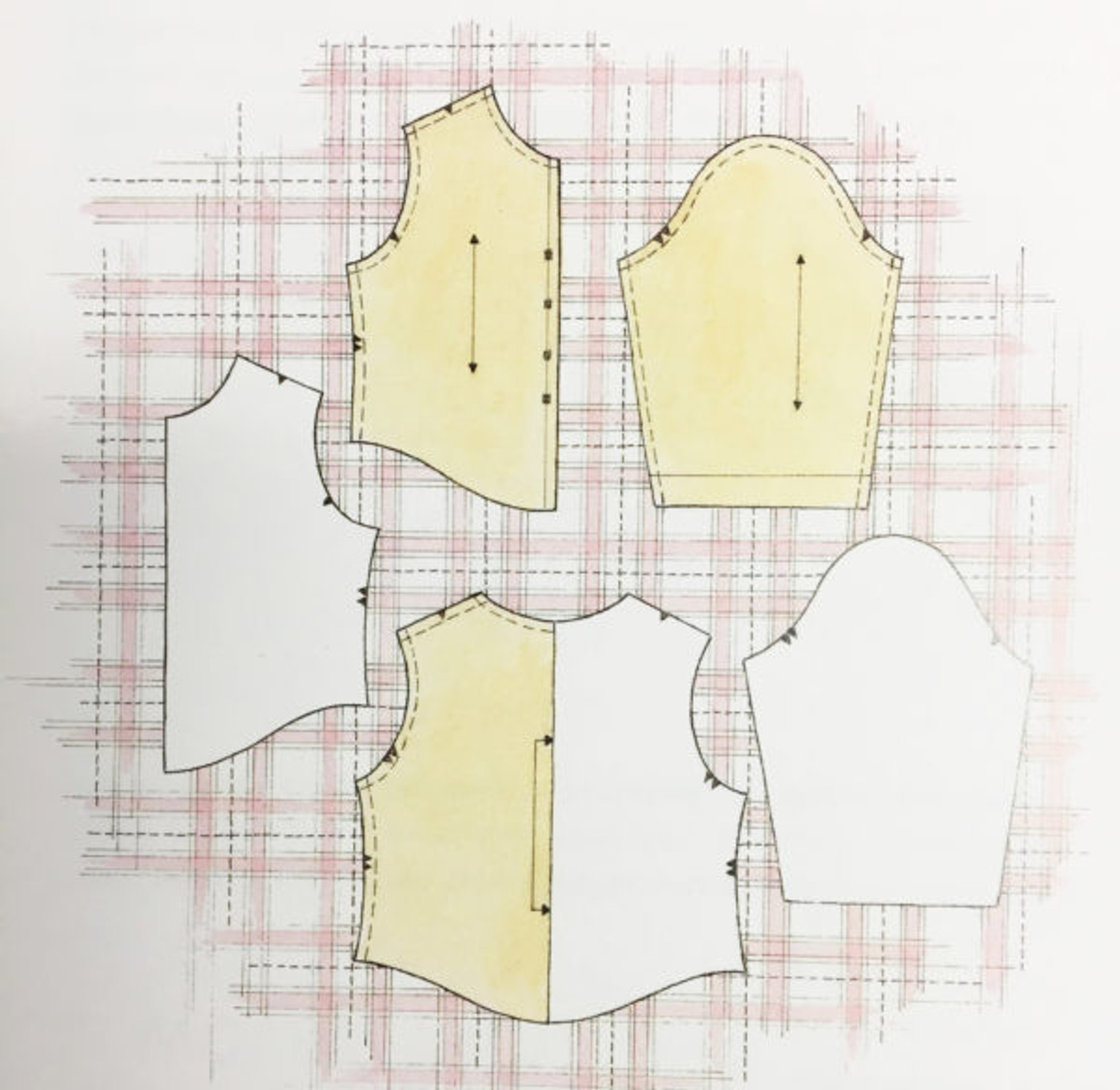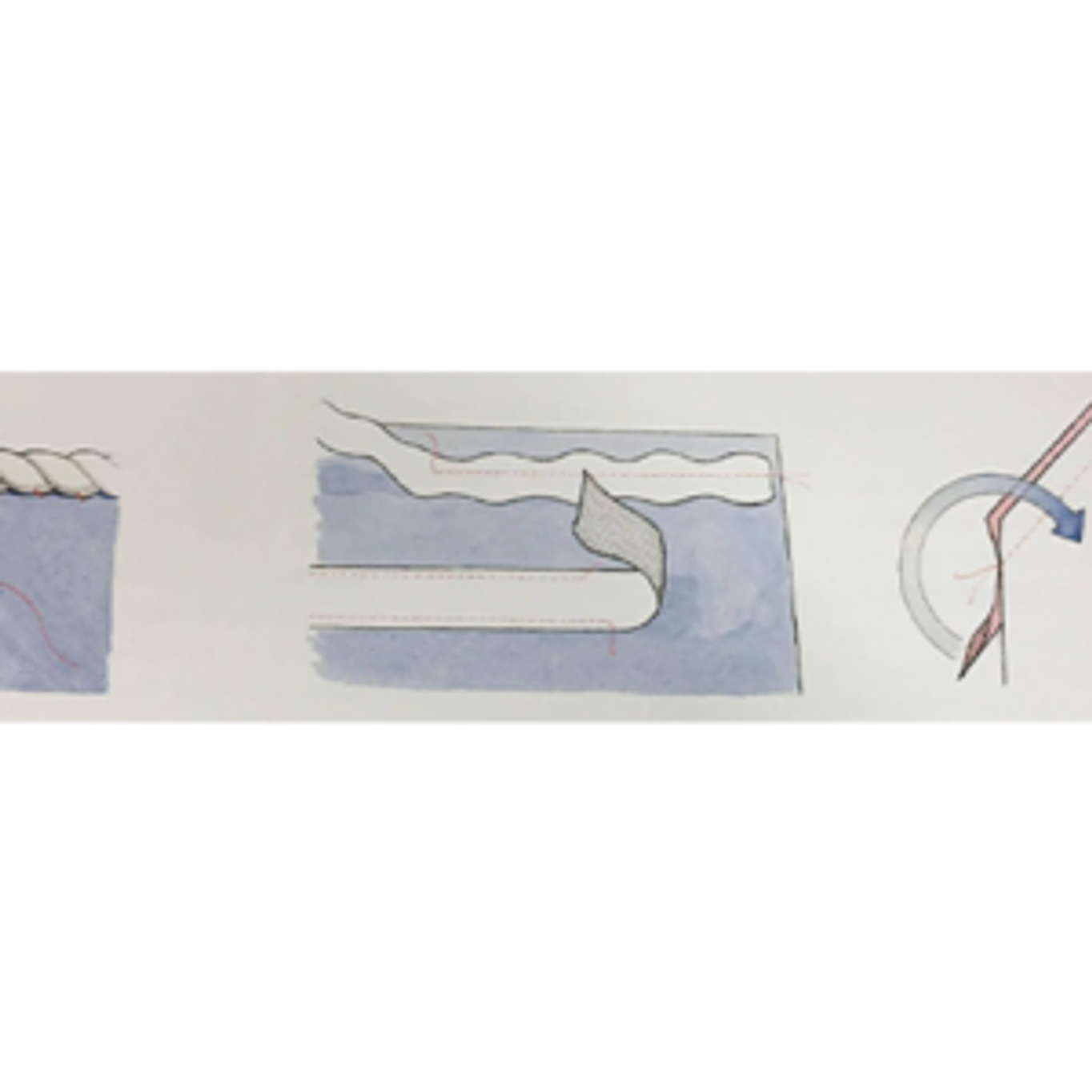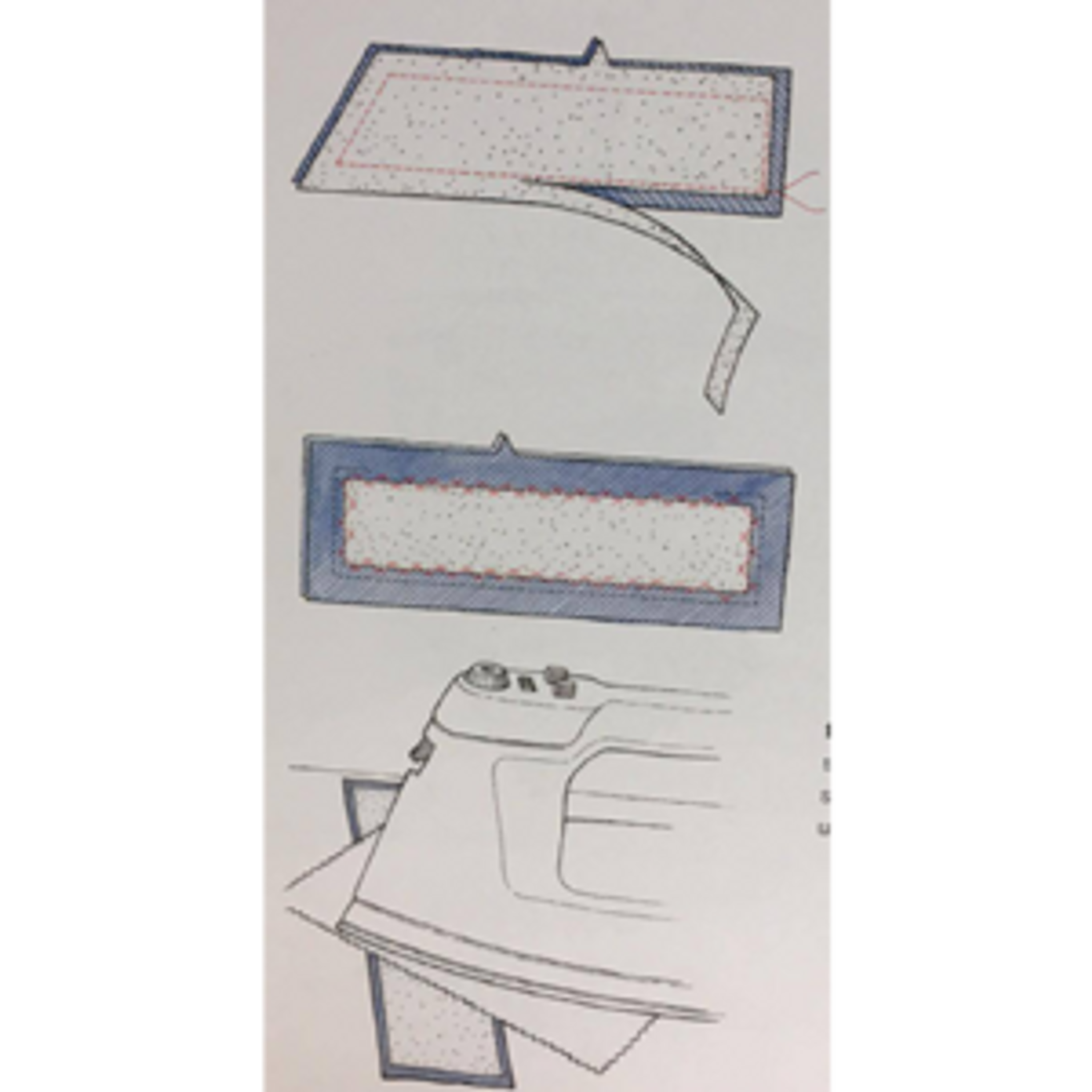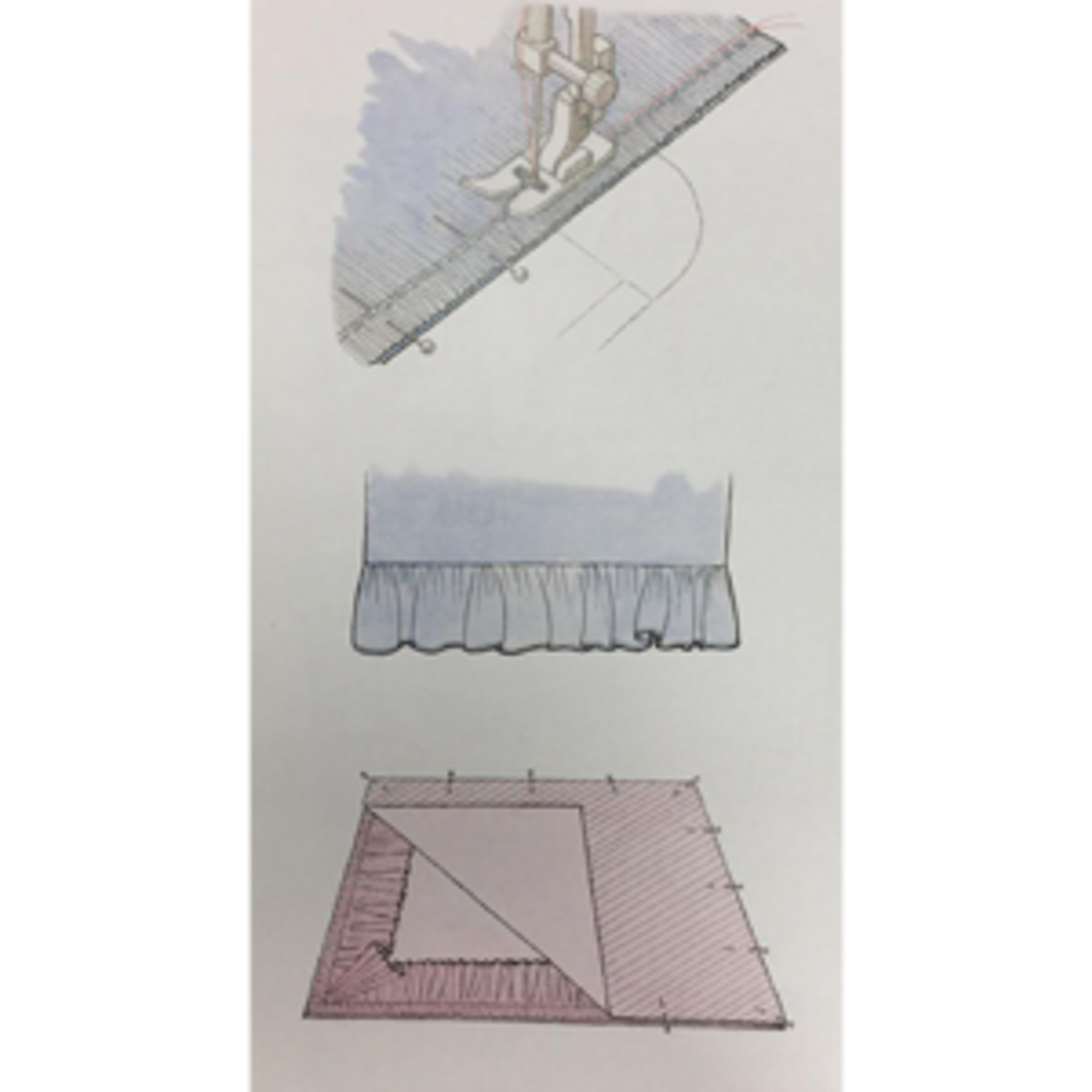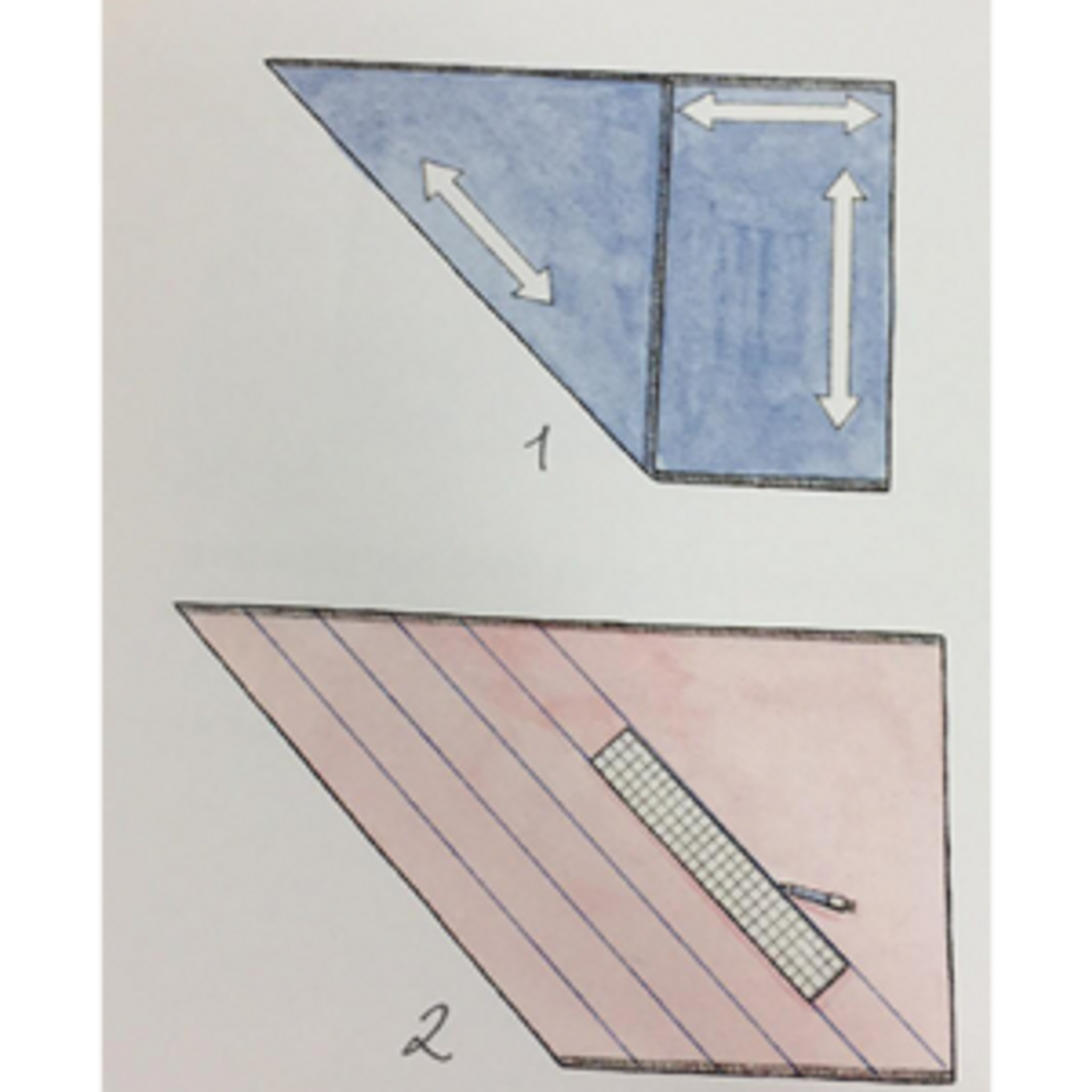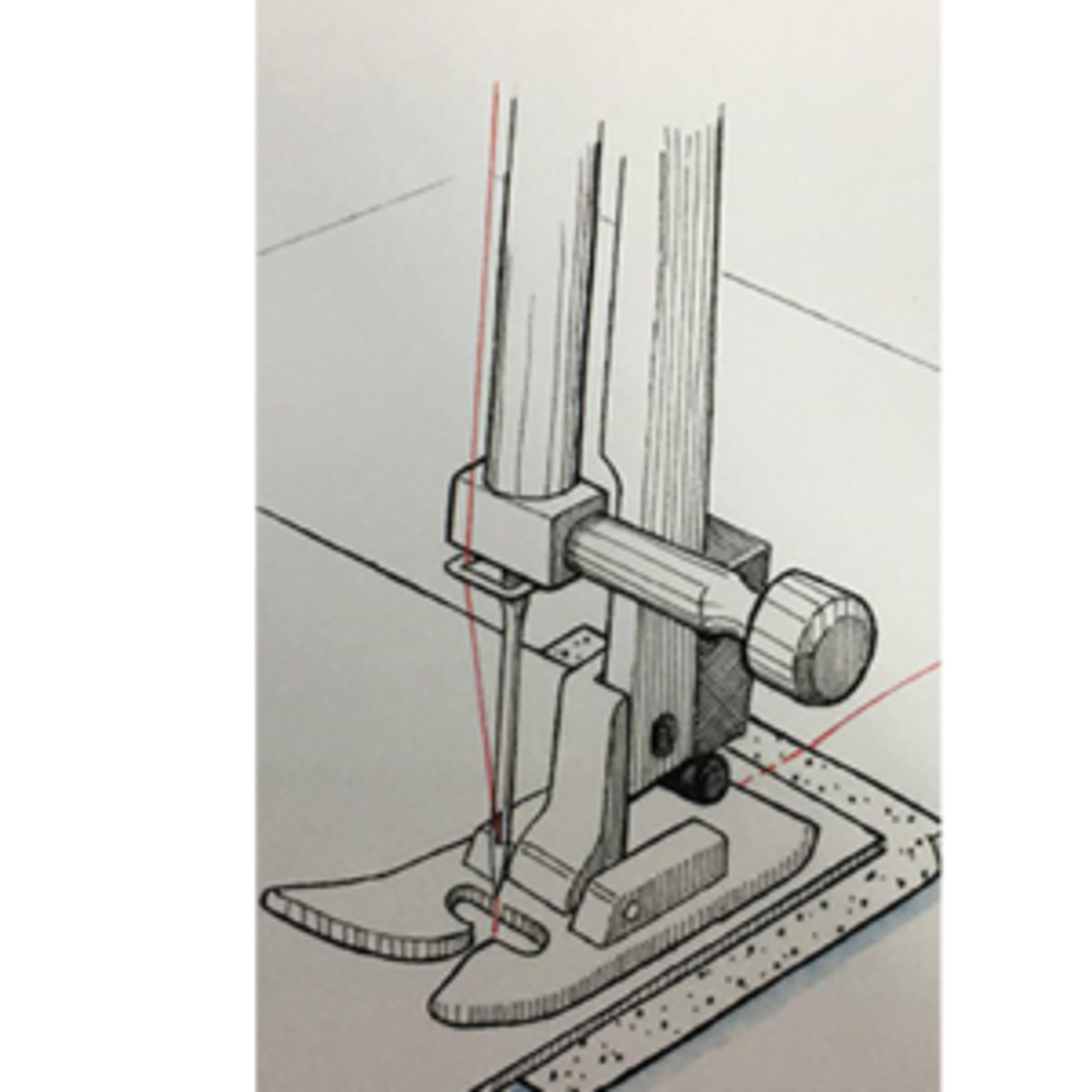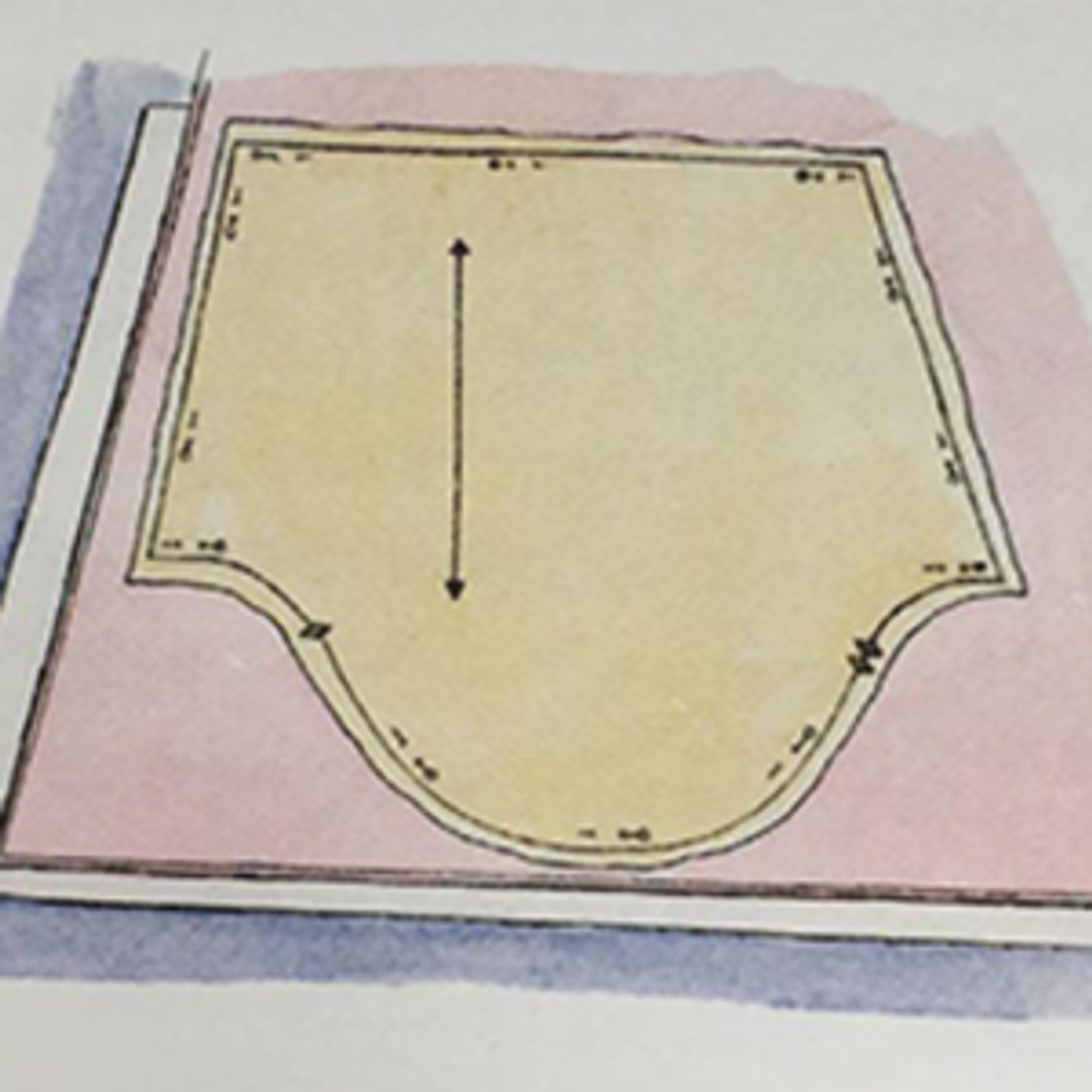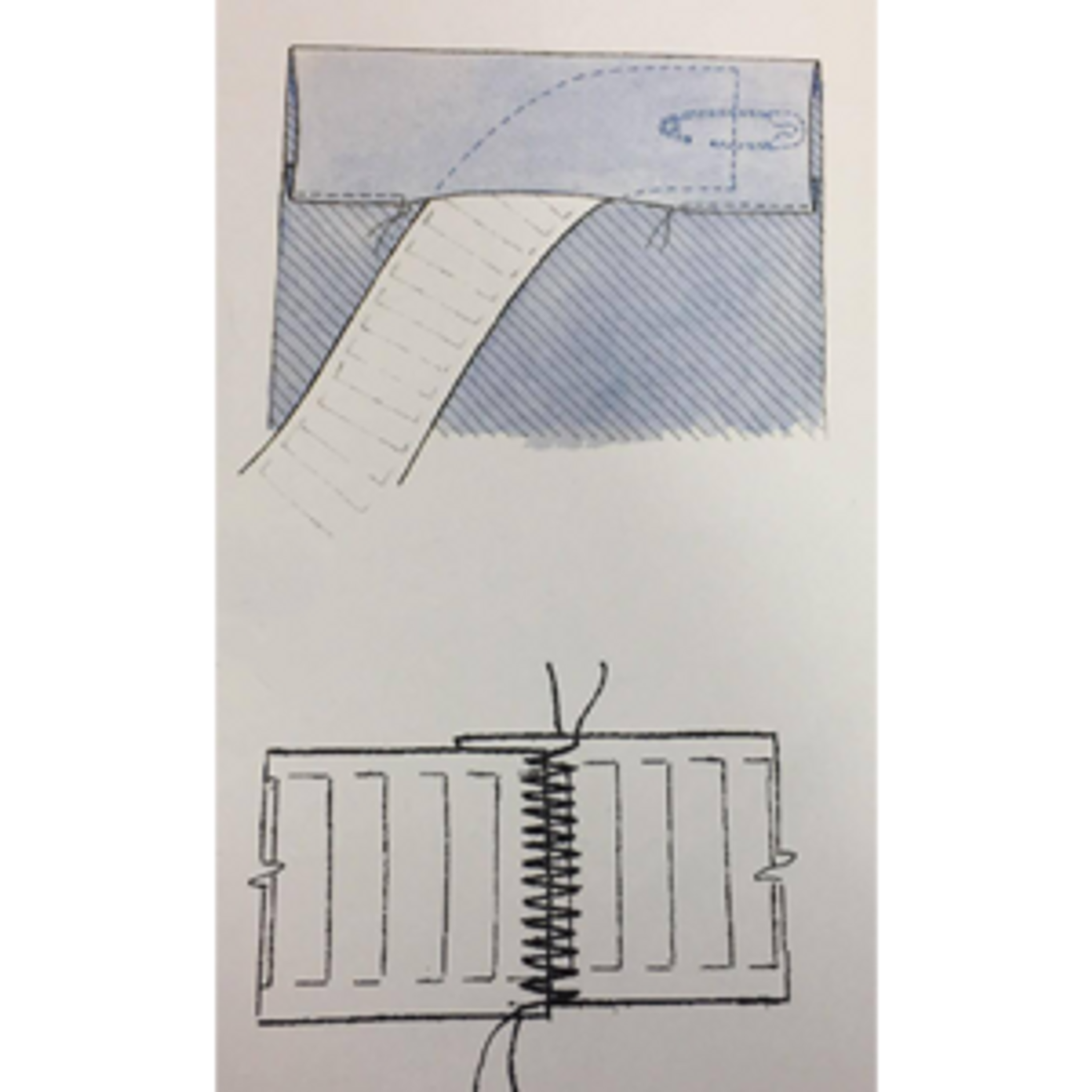When your hems have been prepared, you are ready to stitch the hem in place. There are several ways in which you can do this.Hemming by handHand blindstitch: Fold back the top edge of the hem. Take a tiny stitch in and out of the garment fabric. Take the next stitch 1/4" (6mm) away within the fold of the hem. Continue, keeping stitches small and 1/4" (6mm) apart. The stitches will be hidden between the layers of the
15th Dec 2017
You can stitch hems by machine or by hand. Some hems should be invisible on the right side of the garment, the hem allowance can be up to 3" (7.6cm) wide. For a flared garment, the hem is usually from 1 1/2" to 2" (3.8cm to 5.1cm) wide. Sheer fabrics and light-weight knits almost always have narrow hems stitched by machine.Marking a hemPut on the garment, with all the appropriate undergarments and accessories. Enlis
15th Dec 2017
Careful and frequent Pressing is the key to great-looking garments. Pressing is not the same process as ironing. When pressing, lift and firmly place the iron - do not glide over the fabric, as when ironing.Always test the heat setting on scrap fabric first to make sure the iron is the correct temperature for your fabric.Press after completing each step of the construction process.Always use a press cloth to prevent
15th Dec 2017
Plaids, stripes, and prints are strong visual patterns, so it is important to match them at prominent seams. If you are careful laying and cutting out the pattern, the seams will be almost invisible. You need to buy extra fabric, 1/4" to 1/2 yard (0.25 to 0.5cm), depending on the size of the pattern repeat (the distance from one bar of the plaid or stripe to the next identical bar or from one large motif to another).
15th Dec 2017
Decorative trims give your garments style and provide a way to add your own personal touch. Some trims - like bias tape - are also helpful in construction. There are several application methods, depending on the style of the trim and the way it is used.Hand-stitched trim: Raised trim must be attached by hand. Slipstitch the trim to the fabric with thread that is the same colour as the fabric.Machine-stitched band tri
7th Feb 2017
Sew-in interfacing looks more natural than fusible (iron-on) interfacing, and it's the only choice if your fabric can't withstand high heat. Fusible interfacing has a resin on one side, which bonds to the wrong side of the fabric with the application of heat, moisture and pressure. Always follow the manufacturer's directions. Fusibles do change the hand of the fabric, so test any fusible on a scrap of the fabric you'
7th Feb 2017
A ruffle is a strip of fabric that is gathered along one edge and attached to a flat piece of fabric - for example, on a skirt hem or the edge of a pillow. The visible edge is finished. The gathered raw edge is hidden in a seam or enclosed between two fabrics. Most ruffles are cut on the straight grain.For a Hem RuffleStitch the ruffle pieces together to form one long strip. Stitch a narrow hem on one long edge. Pres
15th Dec 2016
The term "stretch fabrics" refers to stretch-woven fabrics, single knits, some double knits, and bias-cut fabrics. The seams in these elastic fabrics need to stretch with the fabric, or they may pucker and the stitches might break, so they need to be sewn with stitches that stretch too. If you must sew stretch fabrics with a straight stitch, hold the fabric taut - don't pull it. Stop occasionally and with the needle
15th Dec 2016
Bias binding encloses fabric edges for a neat, often decorative finish. Because of the bias direction, the binding wraps around curves without puckering. You can make either a single-fold or double-fold binding.Fold the fabric diagonally so that one selvage is at a right angle to the other selvage. Press along the fold - the direction of the fabric grain at the fold is the bias grain, Cut along the pressed line. Set
15th Dec 2016
Sheer fabrics can be a challenge to sew. They are transparent, somewhat fragile, and have a tendency to creep. They are also beautiful and elegant, so don't let the challenge hold you back! Crisp sheers - organza, voile, organdy, and handkerchief linen - are easier to cut and sew than soft sheers and are fine or tailored items such as shirts. Soft sheers - bastiste, eyelet, chiffron, and georgette - and open weaves,
15th Dec 2016
The key to sewing slippery fabrics - silk, polyester, rayon and acetate - is to avoid overhandling them. These delicate fabrics mar easily. Set the stitch length to between 10 and 15 stitches per inch (2.5cm) and hold the fabric taut while stitching. You might need to loosen the thread tension and lighten the presser foot pressure slightly. Make a practice seam with a scrap piece of your fabric. Stitch with a straigh
15th Dec 2016
Elastic is sometimes inserted in a fabric tunnel called a casing. You can create a casing by folding and stitching the fabric at a garment edge. Or you can apply a band of tricot (sheer ribbon) or bias tape close to the garment edge - at the waistline of a dress, for example. To determine how much elastic you need, wrap the elastic strip around your bodyand add 1" (2.5cm) for finishing the ends. Braided and non-roll
18th Nov 2016

